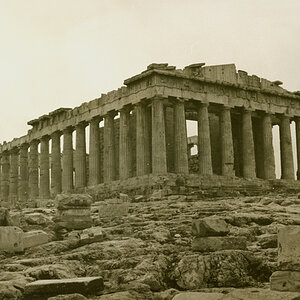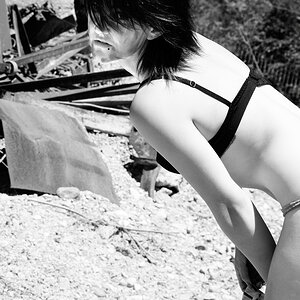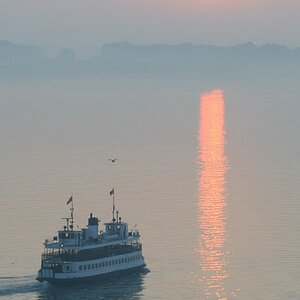- Joined
- Jul 2, 2012
- Messages
- 1,668
- Reaction score
- 1,778
- Location
- talbot victoria australia
- Can others edit my Photos
- Photos OK to edit
more gear will not make you a better photographer, read and experiment and learn to use properly the things you own at the moment, you have a decent camera, learn to use it, properlyWhat if i used spot metering? Would that help? I guess it would. Hmm - i will look into purchasing one of those light meter.


 I just don't have the basic equipment yet to get proper lighting inside yet. I would have loved to do it in a room with artificial light where i can tell the light what to do.
I just don't have the basic equipment yet to get proper lighting inside yet. I would have loved to do it in a room with artificial light where i can tell the light what to do.
![[No title]](/data/xfmg/thumbnail/30/30880-eb7252c7e6df26b6cbc7065d2838df96.jpg?1619734495)
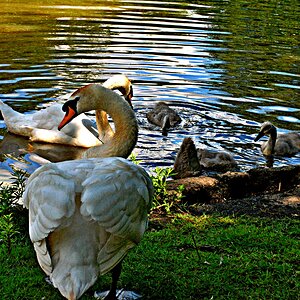


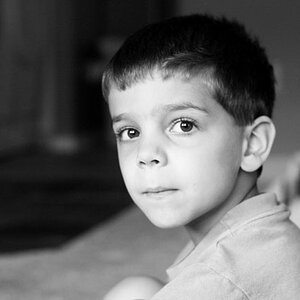
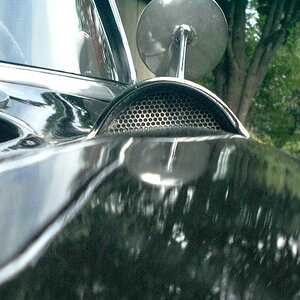
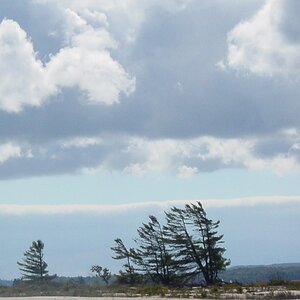
![[No title]](/data/xfmg/thumbnail/39/39446-903cfeac143cee6330a51546ecfdda92.jpg?1619739035)
